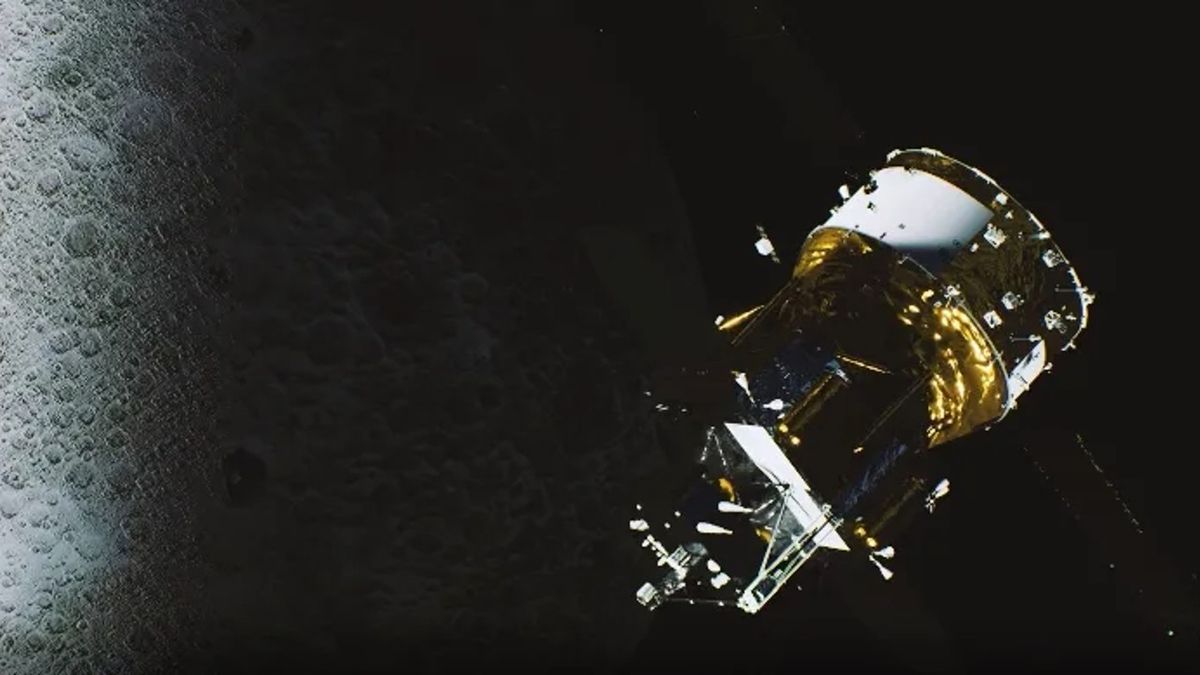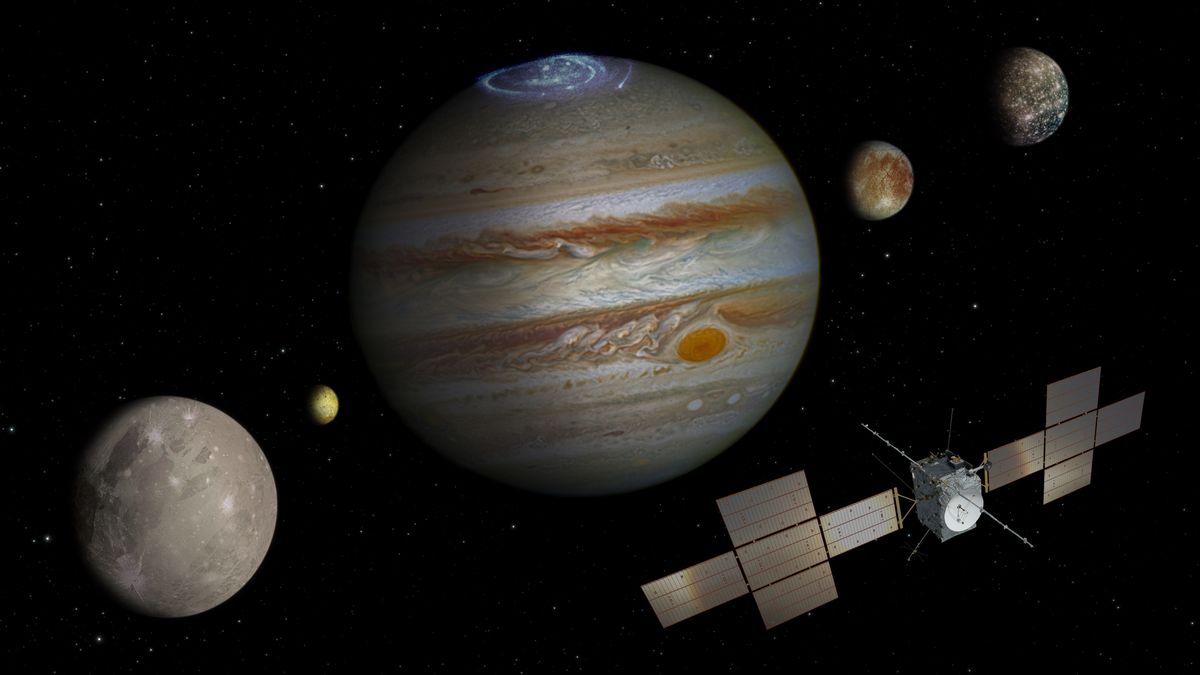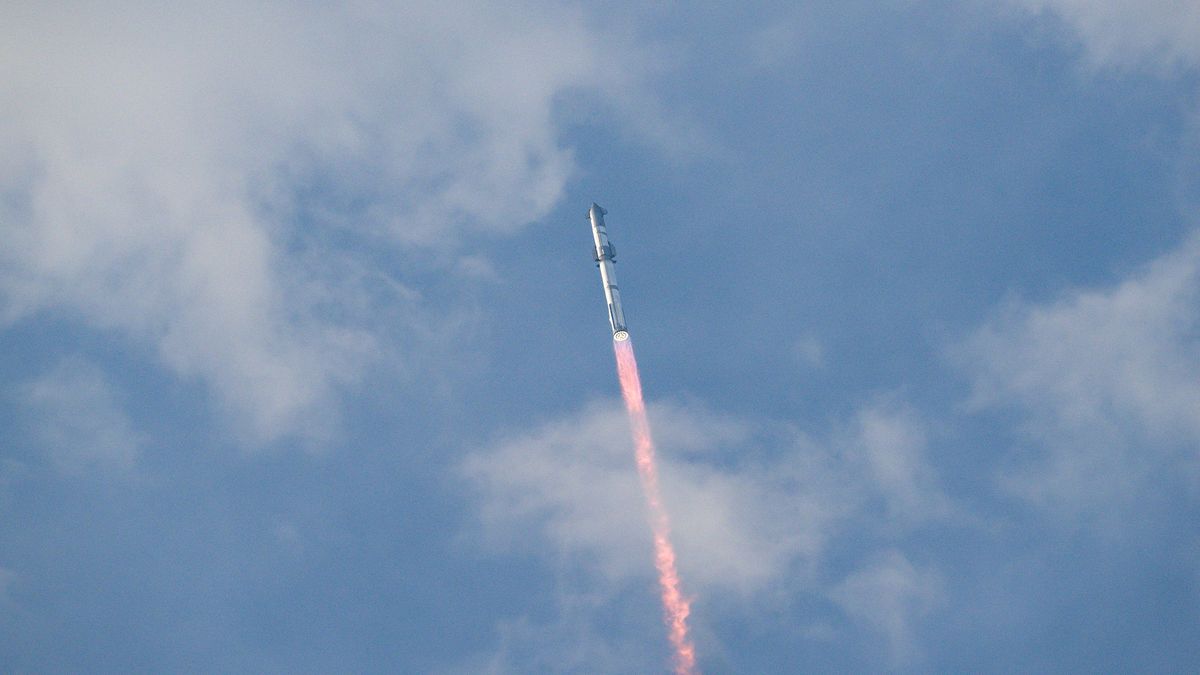China’s Chang’e-6 Mission: Uncovering the Mystery of the Moon’s Near and Far Side
China’s Chang’e-6 mission, currently in transit to extract material from the far side of the moon, holds the potential to shed light on the longstanding enigma of why the lunar near and far sides exhibit stark differences. Launched on May 3, Chang’e-6 is slated to touch down in early June within the Apollo double ring impact basin, nestled inside the massive South Pole-Aitken basin.
The South Pole-Aitken basin, extending over 2,400 by 2,050 kilometers in area, represents the largest impact feature of its kind in the solar system, dating back some 4.3 billion years. In comparison, the Apollo basin, situated within the South Pole-Aitken basin, features a double-ringed structure with an inner ring of mountain peaks spanning 247 kilometers in diameter and an outer ring about 492 kilometers across.
Exploring the Lunar Far Side
Chang’e-6, as the pioneer sample-return mission to the far side of the moon, seeks to bring back approximately 2 kilograms of lunar material for analysis. The uncharted territory of the moon’s far side, not visible from Earth until photographed by the Soviet Luna 3 spacecraft in 1959, intrigues scientists worldwide with its stark contrast to the familiar near side.
While both sides exhibit numerous craters, the near side displays extensive volcanic plains known as lunar maria, covering around 31% of its surface. In contrast, the far side boasts a mere 1% coverage of volcanic plains, raising questions about the underlying mechanisms shaping lunar geology.
Understanding Geological Disparities
The discrepancy in crustal thickness between the near and far sides emerges as a pivotal factor in delineating their geological dissimilarities. Recent findings by NASA’s GRAIL mission suggest that the far side’s crust is, on average, 20 kilometers thicker than that of the near side.
This disparity traces back to the moon’s formation from debris ejected during a colossal impact with Earth 4.5 billion years ago. The aftermath of this event rendered the Earth’s surface molten, radiating heat onto the near side of the moon and leading to differing crustal compositions between the two hemispheres.
An ongoing study spearheaded by researchers aims to leverage the forthcoming lunar samples from Chang’e-6 to test theories surrounding asymmetric lunar volcanism. By analyzing materials from distinct regions within the Apollo basin, scientists hope to unravel the underlying causes of varied volcanic activities on the moon’s near and far sides.
Implications for Lunar Science
The implications of such research extend beyond lunar geology, offering vital insights into planetary formation processes and the evolution of celestial bodies. Through systematic analysis of lunar samples, scientists anticipate gaining a deeper understanding of magmatic processes, crustal compositions, and geological phenomena on the moon.
As the Chang’e-6 mission progresses, it heralds a new chapter in lunar exploration, propelling humanity closer to unlocking the mysteries shrouding Earth’s celestial companion. Stay tuned for further updates on this groundbreaking mission.
Image/Photo credit: source url





